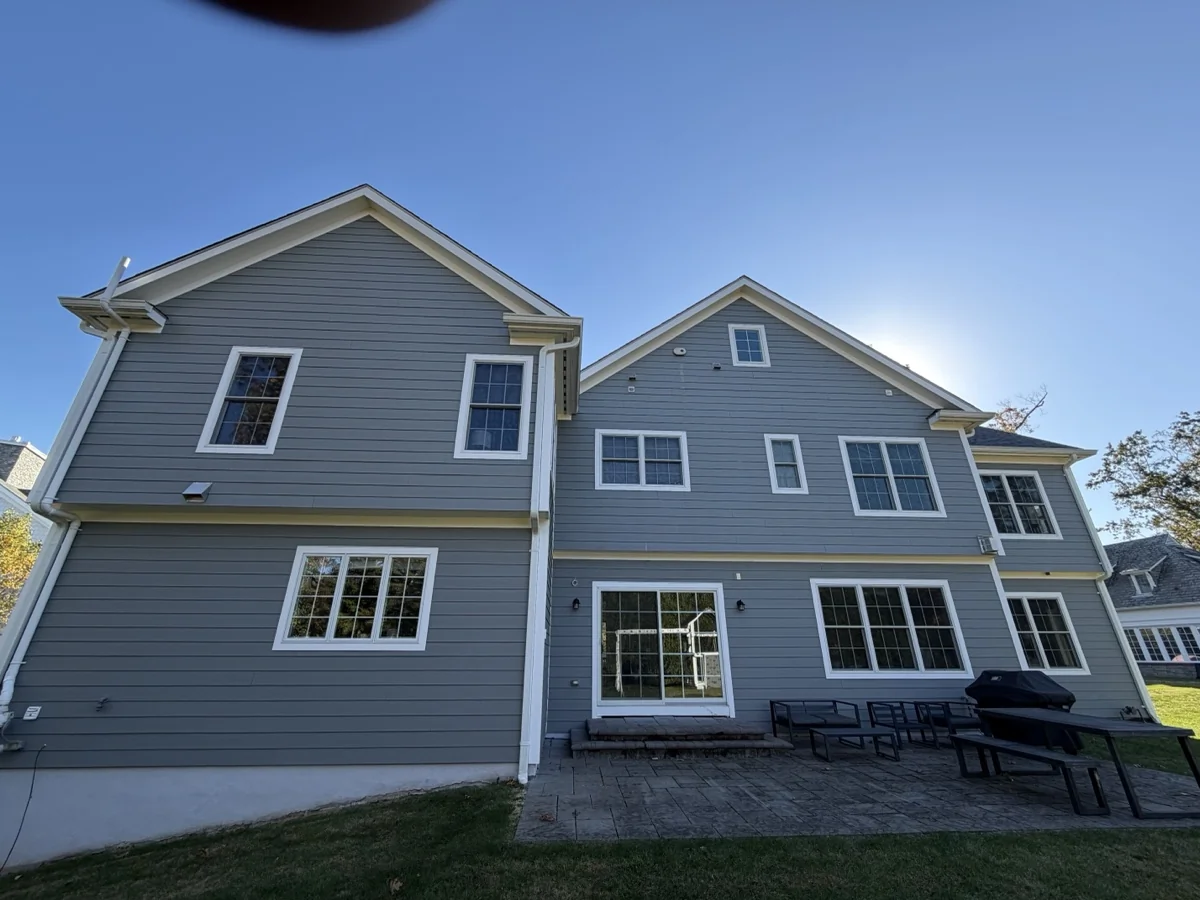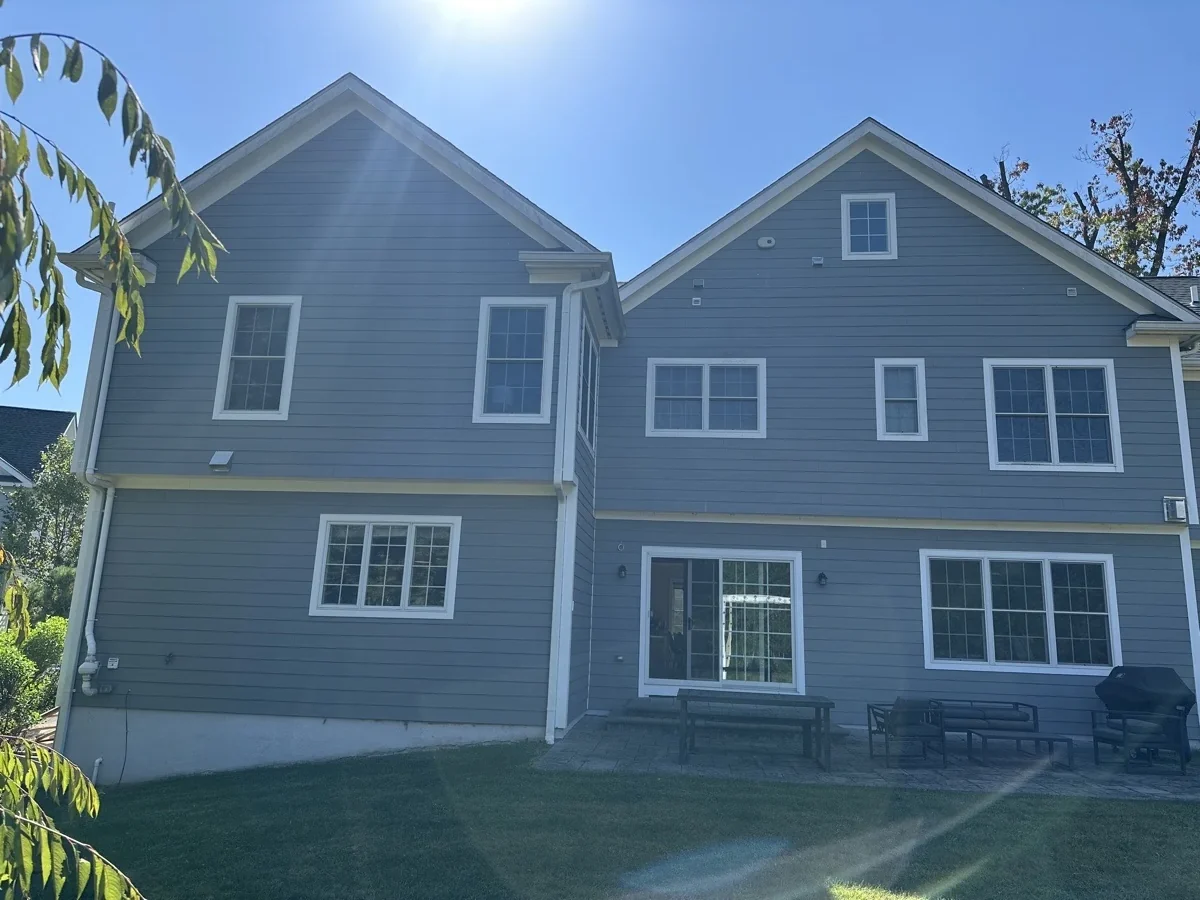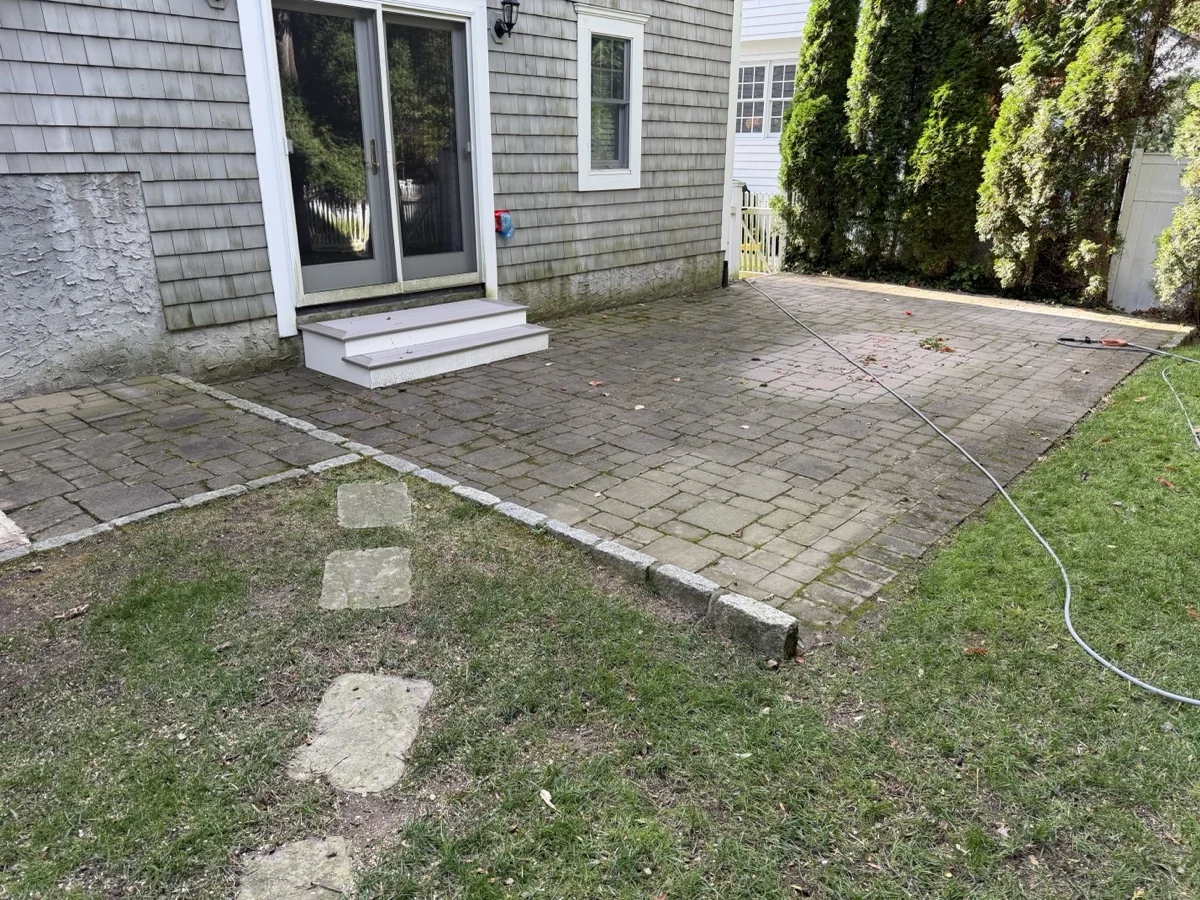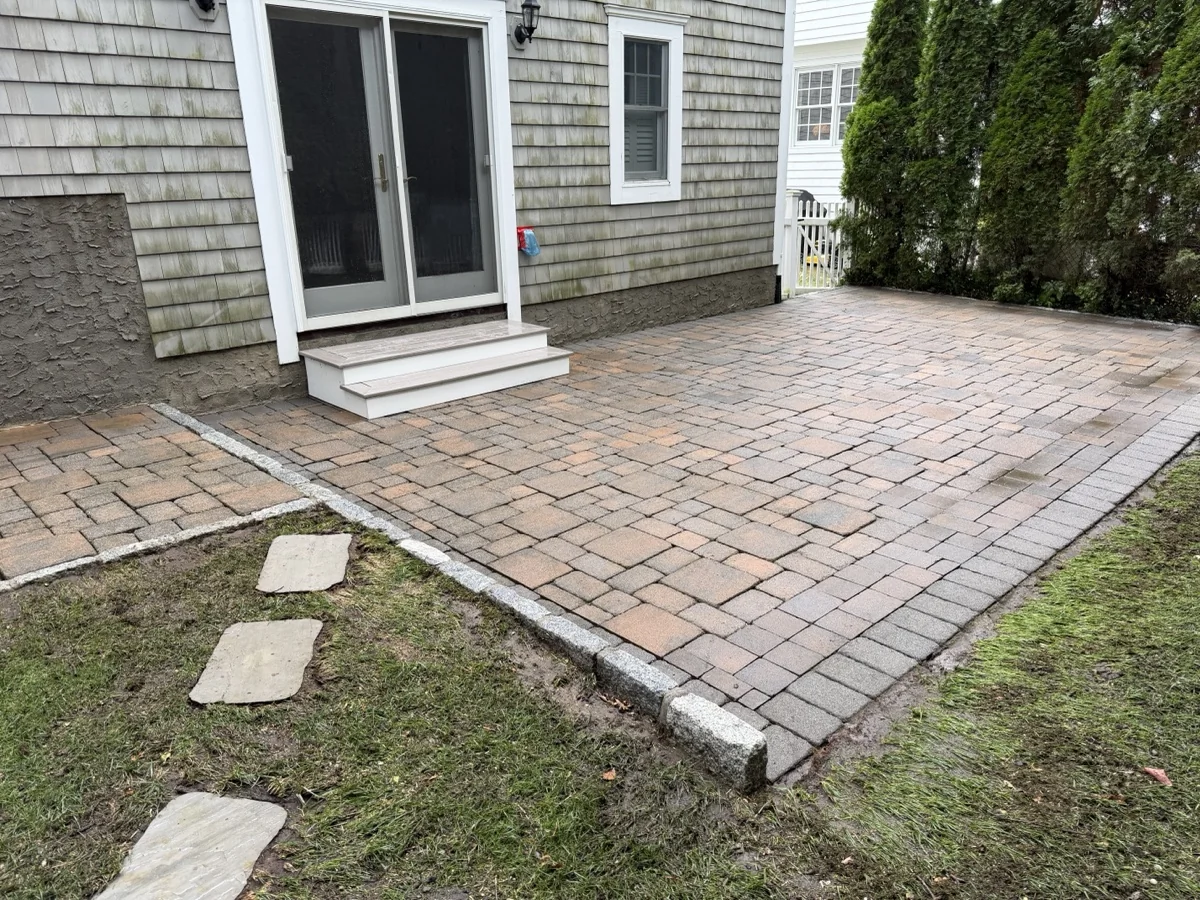

Just completed another hardwood siding transformation in Scarsdale, NY. This surface had moderate buildup of mold and organic staining that completely obscured the clean, pristine siding underneath.
Our soft washing process safely removed all the mold and organic staining without damaging the surface or mortar joints. The Scarsdale homeowner was thrilled to see the clean, pristine siding restored to its original beauty.
We specialize in brick and paver cleaning throughout Westchester County, using the right pressure and cleaning solutions for each surface.
If your hardwood siding, walkway, or driveway needs professional power washing in Scarsdale or nearby towns, call Westchester Power Washing at 914-490-8138 for a free estimate.



